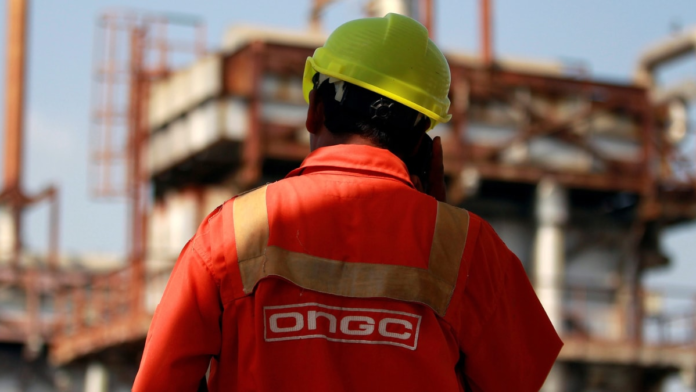The brokerage firm, Jefferies has reiterated its ‘Buy’ rating on ONGC, with a target price of Rs 375. According to the brokerage firm, the company is poised for substantial growth over the next few years, with production from its key fields, and partnerships, particularly with BP.
Furthermore, the brokerage house expects ONGC’s crude production from the KG Basin to rise to 45 kbpd by the end of FY25. This could potentially contribute 10% of the company’s standalone production. Gas production from the KG Basin is forecasted to increase to 8 to 10 mmscmd by mid-CY25.
Let’s take a look at the key reasons why the brokerage has reiterated its ‘Buy’ rating on ONGC: 1. Quarterly performance in line with estimates
ONGC in Q3FY25 reported a standalone EBITDA of Rs 190 billion, a 11% YoY growth and a 4% sequential increase, which was marginally ahead of Jefferies estimates.
Also Read Nuvama reaffirms Buy on Vedanta. 3 reasons why… Jefferies reaffirms Buy on BEL . 3 reasons why… Why is Jefferies bullish on NTPC? 3 reasons are… Motilal Oswal retains Buy on Cyient DLM: Here’s why…
The brokerage further noted that PAT of Rs 83 billion was 16% below their estimate, due higher depreciation, lower dividend income, and increased tax rates. Moreover, consolidated PAT of Rs 86 billion was 37% below expectations, driven by underperformance of subsidiaries such as HPCL and MRPL.
“Standalone crude production rose to 5.24 MMT, up 1% sequentially, while gas production increased by 1% to 5.11 BCM, both slightly ahead of our estimates,” Jefferies noted.
ALSO READONGC surges 2%. Here are 3 reasons why… 2. BP’s role in enhancing Western Offshore Fields
The brokerage in its report noted the partnership with BP as a major growth driver for ONGC.
According to the brokerage house, BP has been contracted as a Technical Services Provider to enhance oil and gas recovery from ONGC’s largest fields, which currently contribute 32% of crude and 20% of gas production.
“BP expects to increase crude oil recovery by 44% and gas recovery by 90% over ONGC’s current assumed recovery estimates,” the brokerage noted, highlighting that this partnership will likely drive annual increases in crude and gas production starting FY27, which poses an upside risk to their estimates.
» Read More


